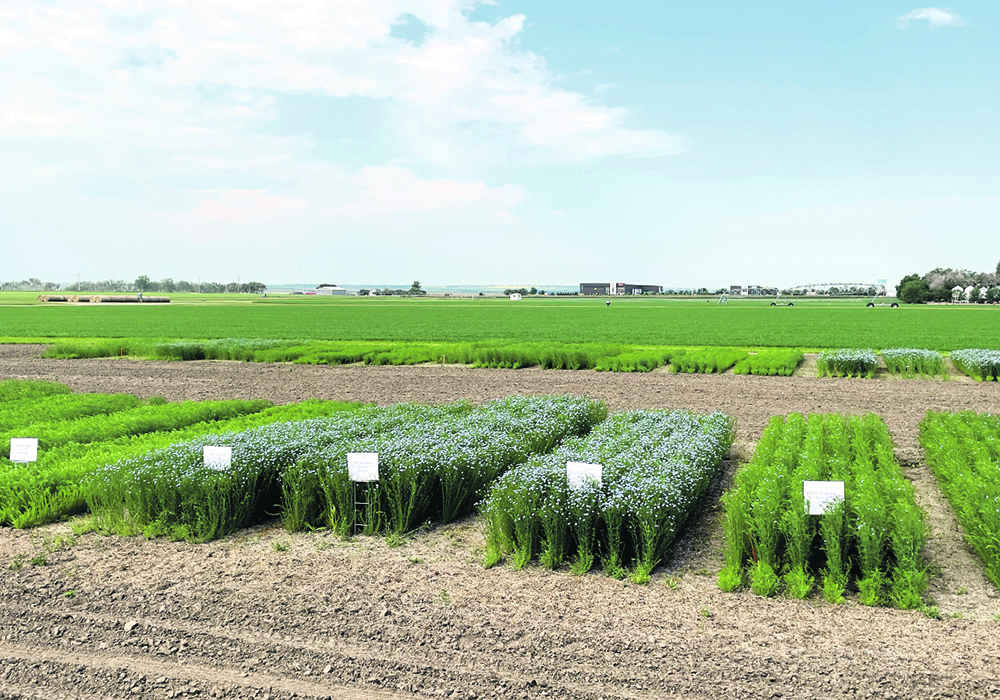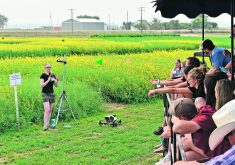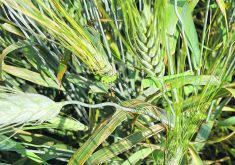Most previous flax research has focused on dryland production, which a new study in Saskatchewan hopes to rectify
Flax performs well under pivot, says an irrigation specialist from Saskatchewan, but little research has been done to support the practice.
Sara Ingell, an irrigation agrologist with the provincial agriculture ministry, said there’s good flax research, but it’s not relevant for irrigation.
Most of the past research and demonstration work has mainly focused on dryland production, leaving irrigation farmers in the dark.
Read Also

Phosphate prices to remain high
Phosphate prices are expected to remain elevated, according to Mosaic’s president.
“Local flax farmers have expressed that there’s not enough information available on seeding dates and rates for flax production under irrigation,” she said.
“Some flax farmers plant flax as their first crop, while others are planting it as their second crop, with rates varying.”
Ingell presented information from a flax irrigation trial conducted at the Canada-Saskatchewan Irrigation Diversification Centre during its annual field day.
This is the second of a two-year trial, and its main goal is to create solid recommendations for seeding dates and rates under irrigation.
Irrigation Saskatchewan tested three seeding rates of 30, 45, and 60 pounds per acre and three varied seeding dates, starting with early May, 10 days later and 20 days later.
The 2023 trial compared CDC Rowland to CDC Glas, while 2024 compares CDC Rowland to CDC Bethune. Rowland is the newest flax variety of the three.
Researchers hope to identify yield differences.
The 2024 results and the completed trial will be published at the end of this year and presented at the Irrigation Conference in December.
While last year’s dry conditions affected plant emergence, both varieties exceeded the long-term yield expectations under irrigation conditions.
“Consequently, we didn’t observe any lodging as the crops barely met their water demands,” Ingell said.
“Additionally, the high temperatures prevented disease outbreaks, particularly pasmo, a stem disease that can severely impact crop lodging.”
However, it’s expected that this year’s colder and wetter conditions will create different results. Disease is a concern, as is lodging because crop heights are expected to increase from last year.
Ingell said the researchers saw lower than expected plant establishment rates last year, likely due to the dry seeding conditions. Irrigation for the crop didn’t start until second week of June.
While there was no difference between the varieties in terms of flowering and maturity, the crop seeded in late May took longer to mature than other two seeding dates. However, it did catch up, with the first and second seeding days harvested on the same day, Sept. 7. The third seeding date required an extra month to mature and was harvested Oct. 10.
















